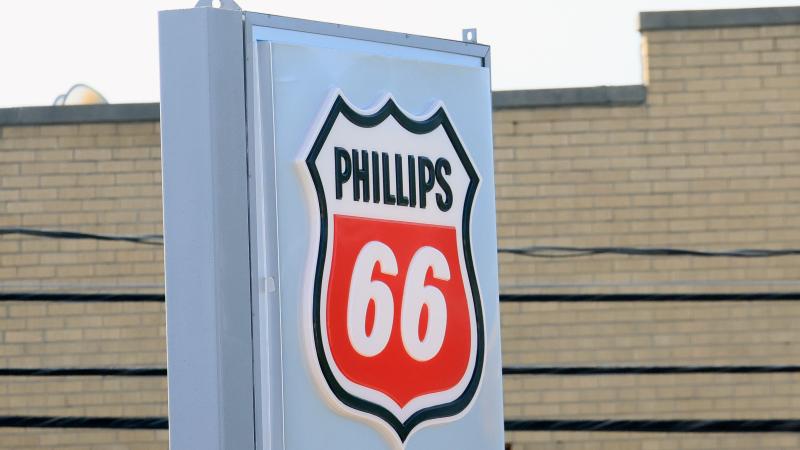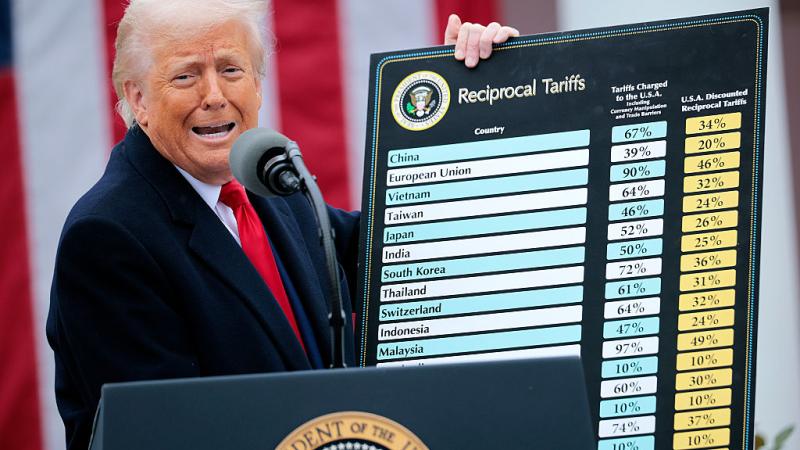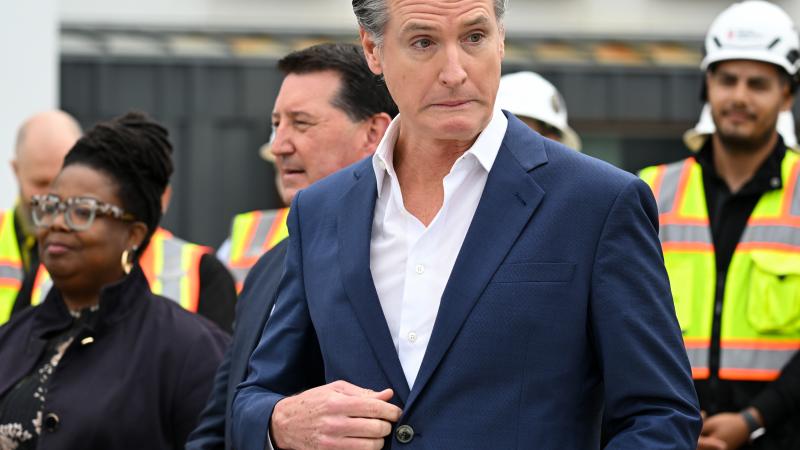Biden failed to top up oil reserves in the leadup to the election, but refilling will take years
Some analysts had feared that President Biden would tap the stockpile again to address any increases in gasoline prices in the lead up to the Nov. 5 presidential election, as he did in 2022, which would end the DOE’s efforts to refill the SPR.
The Department of Energy last week issued another request to buy 3 million barrels of crude oil for the Strategic Petroleum Reserve (SPR).
Some analysts had feared that President Biden would tap the stockpile again to address any increases in gasoline prices in the lead up to the Nov. 5 presidential election, as he did in 2022, which would end the DOE’s efforts to refill the SPR.
Average retail gasoline prices in October were $3.14 per gallon, up from $2.33 when Biden took office in January 2021. October prices were considerably lower than the $4.56 per gallon price drivers paid in the summer of 2022, and they never got above $3.84 per gallon this summer. So the SPR looks safe for now.
The latest DOE purchase request, when filled, will bring the total amount the DOE has purchased to refill the nation’s energy stockpiles to approximately 56 million barrels, according to OilPrice.com.
The SPR contained over 630 million barrels of crude oil when President Joe Biden took office in January 2021. In the wake of the Russian invasion of Ukraine and the subsequent rise in gasoline prices ahead of midterm elections, Biden announced the largest drawdown of the SPR in history. By July 2023, the SPR was down to 288 million barrels, some of which were due to sales Congress had mandated. That was its lowest point since October 1982. Last week, the SPR had 375.4 million barrels.
Between June and October 2022, the West Texas Intermediate oil price, the U.S. benchmark, was between $80 and $120 per barrel. Between June and October of this year, they hovered between $65 and $83 per barrel. This helped keep gasoline prices low, and the Biden-Harris administration was able to carry out monthly buys without depleting the SPR further to keep down politically inconvenient gasoline prices.
The DOE’s monthly buys came in at a price of around $76 per barrel, according to OilPrice.com, which was lower than the sale price of $95 per barrel.
However, it’s not certain the replenishment effort will be able to continue for long. Quoting an unnamed source in the DOE, Reuters reports that earlier this month the fund for these buys had about $150 million remaining, which is roughly enough for only 2 million more barrels.
‘‘The DOE will continue to purchase crude at a good price for taxpayers with available emergency revenues," a DOE spokesperson told Reuters. It will take Congressional action for the DOE’s purchasing fund to be refilled.
In July, the DOE announced it had awarded a contract for the purchase of 4.65 million barrels of crude oil for the SPR, which brought the total amount for its refilling to 43.25 million barrels.
“On top of the 140 million barrels of oil secured by working with Congress to cancel previously-mandated sales, this brings the total purchased or kept in the SPR since 2022 to 180 million barrels – the full amount sold following the unprecedented Russian war against Ukraine,” the DOE release stated.
The claim the SPR was refilled left analysts scratching their heads. It’s not certain that the 140 million in canceled sales would have happened, and the decision didn’t add any barrels to the SPR. It did avert further depletions of the SPR. According to Reuters, there are another 100 million barrels of oil from the SPR that Congress has authorized to sell from 2026 to 2031.
Assuming the DOE continues to purchase 3 million barrels of oil per month and there are no further drawdowns of the SPR — an unlikely prospect — the stockpile will be back to where it was when Biden took office in about seven years.















